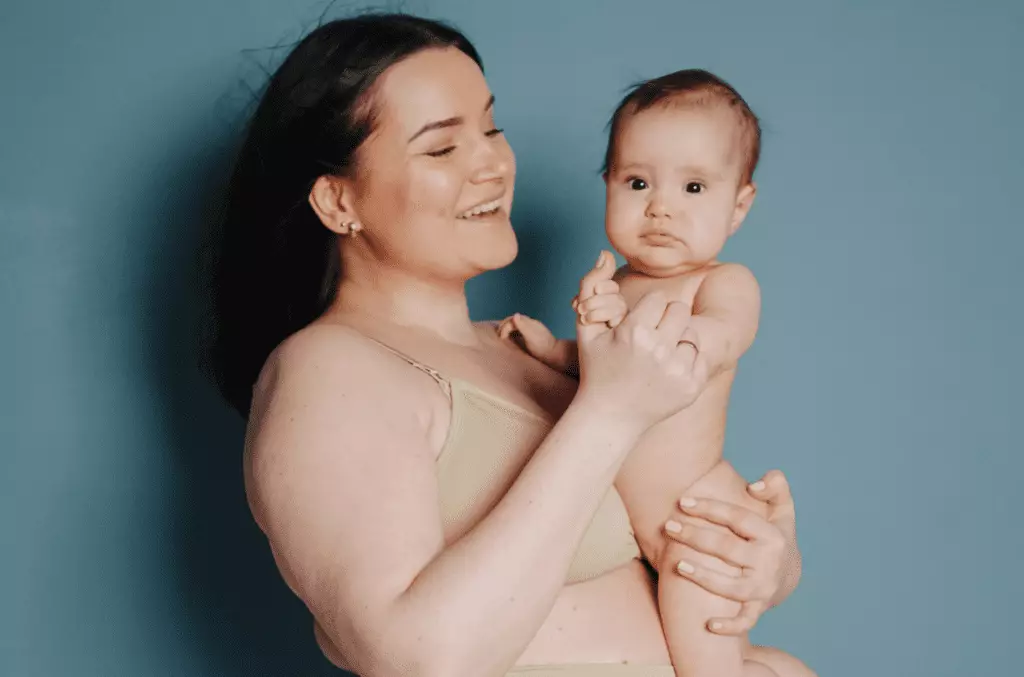
In our October newsletter I had mentioned how my daughter-law was experiencing hair loss after the birth of her daughter in August. Afterwards, we received a number of emails from patients asking for more information on postpartum hair loss. It is important to remember that postpartum hair loss is extremely common. Most women that have a baby experience some amount of shedding postpartum. With all my children, it seemed like as soon as I hit the three-month mark, I was finding my hairs everywhere in my house. While it is common, it does not make it any less shocking or impactful when it happens. So why does it happen?
For those unfamiliar with the life cycle of a hair follicle, it is important to understand it and how it comes into play with postpartum hair loss. There are three stages in the life cycle of a hair follicle: Anagen, Catagen, and Telogen.
During pregnancy, the hormonal changes in your body cause the anagen phase to extend, which makes hairs that you have become thicker and hairs that you would normally shed stay attached. After the pregnancy as your hormones go back to your normal levels, all the hairs that you would have normally lost over the previous nine months begin to move to the catagen and eventually the telogen phase, which lasts around three to four months, and is the reason you start to see shedding at around three months postpartum. This type of hair loss is known as a Telogen Effluvium and presents as significant shedding. For many women, the shedding brings their hair to levels consistent with what they had pre-pregnancy. However, for some women the shedding can continue and cause them to lose more hair than they had prior to being pregnant.
It is important to remember, that regardless of how much hair you lose with postpartum shedding, the hair almost always grows back on its own. However, there are treatments available to help decrease the amount of shedding that occurs and speed up regrowth if the shedding was severe and you lost more hair than you started with prior to the pregnancy. Treatment options for postpartum patients vary depending on whether the patient is breastfeeding. Typically for patients experiencing a Telogen Effluvium shedding, we would recommend Low-Level Laser Therapy (LLLT), Formula 82M, and either Nutrafol or Viviscal. However, if the patient is breastfeeding, we would not recommend Formula 82M, Nutrafol, or Viviscal, so the treatment plan would be limited to Low-Level Laser Therapy (LLLT).
Posted by Dr. Mary Wendel